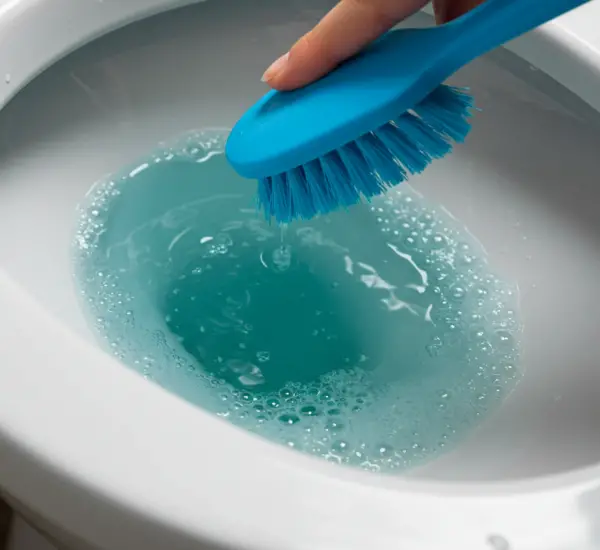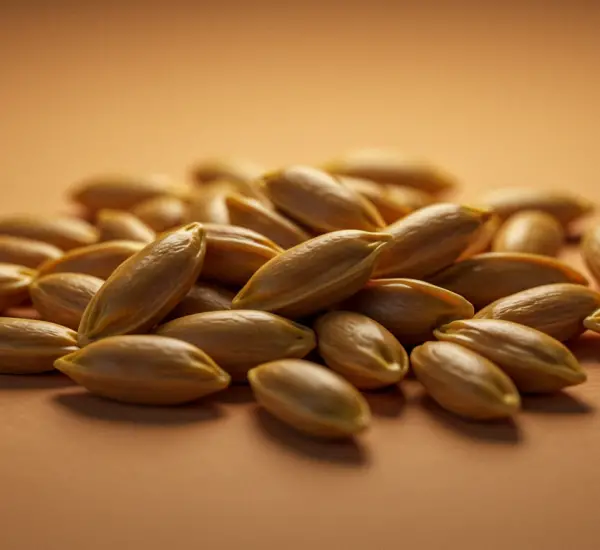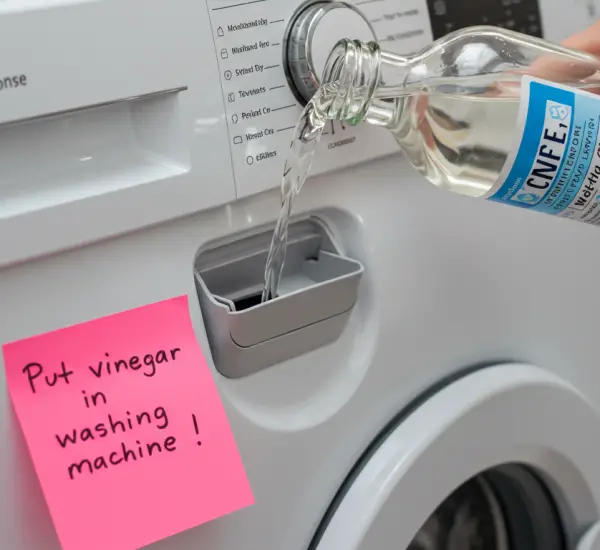Moss may seem harmless at first, but once it begins to spread across your garden or walls, it quickly becomes both unsightly and troublesome. Not only does moss make surfaces look dirty and neglected, but in the garden it also competes with grass and other plants, preventing them from thriving. If left untreated, moss can take over large patches of soil, walls, and pathways, making maintenance more difficult.
Fortunately, you don’t need harsh chemicals to get rid of moss. With just a few natural and inexpensive ingredients, you can remove it completely and even prevent it from coming back. Here’s a complete guide on how to eliminate moss from both gardens and walls, plus useful prevention tips to keep it under control.
Why Moss Grows in Your Garden
Before tackling the problem, it helps to understand why moss appears in the first place. Moss thrives in damp, shady, and acidic conditions. Common causes of moss growth include:
-
Excessive moisture: Overwatering or poor drainage creates the perfect breeding ground for moss.
-
Low sunlight: Areas of the garden that remain shaded for most of the day encourage moss development.
-
Acidic soil: Soil with high acidity can discourage grass growth while allowing moss to dominate.
-
Neglected maintenance: Weak grass or unkempt areas are more susceptible to moss invasion.
By correcting these underlying issues, you’ll already be making your garden less inviting to moss.
How to Remove Moss from the Garden
One of the most effective and eco-friendly ways to kill moss in your garden is by using white vinegar. This natural ingredient has antifungal and antibacterial properties, making it useful not only for moss removal but also for preventing mold and fungi.
DIY Vinegar Spray for Moss Removal
To prepare a simple solution, you’ll need:
-
1 tablespoon of white vinegar
-
2 liters of water
Instructions:
-
Mix the vinegar and water in a container.
-
Pour the solution into a spray bottle.
-
Spray generously over the moss-covered areas in your garden.
-
Repeat the process several times until the moss turns brown and dries out.
-
Once dry, use a rake to remove the dead moss.
This method works gradually but is gentle on the environment compared to chemical herbicides.
Alternative Option: Iron Sulfate
If you prefer a faster and more powerful method, you can use iron sulfate, a product widely available in garden stores. Apply it directly to the moss, leave it for a few days, and you’ll notice the moss turning black and dying. Afterward, rake it away and re-seed or plant grass in the bare patches.
How to Remove Moss from Walls
Moss doesn’t only grow on soil—it often clings to stone, concrete, and brick walls, giving them a damp and neglected appearance. Fortunately, you can clean moss off walls using another simple household ingredient: salt.
Salt and Vinegar Paste for Walls
You’ll need:
-
2 tablespoons of coarse salt
-
Enough white vinegar to form a paste
Instructions:
-
Place the salt in a small bowl.
-
Slowly add vinegar, mixing until you create a thick paste.
-
Apply the paste directly onto the moss-covered areas of the wall.
-
Leave it for at least 24 hours.
-
After the resting period, scrub the area with a stiff brush or broom.
The moss will detach easily, leaving the surface clean and fresh. If you prefer, you can rinse the area with water after scrubbing to remove any residue.
How to Prevent Moss from Coming Back
Eliminating moss is only part of the battle. To stop it from returning, you need to create conditions where grass and plants thrive but moss cannot. Here are some preventative measures to adopt:
1. Increase Sunlight Exposure
Since moss thrives in the shade, try to allow as much sunlight as possible into your garden. Trim back trees or large bushes that block light, and avoid leaving gazebos, umbrellas, or other coverings in place for long periods.
2. Avoid Overwatering
Many homeowners mistakenly believe that watering heavily will make their lawn greener and healthier. In reality, too much water leads to poor drainage and damp soil—perfect for moss growth. Water only as needed and ensure the soil has good drainage.
3. Improve Soil Structure
Mixing sand into the soil is a simple and effective way to reduce water retention and prevent stagnant moisture. Better drainage will make your lawn less attractive to moss.
4. Fertilize Your Lawn
Moss often invades areas where grass is weak or undernourished. Using a balanced fertilizer strengthens your lawn, making it more resilient. Choose a fertilizer rich in potassium and nitrogen, which promotes robust grass growth and helps prevent moss from gaining ground.
Final Thoughts
Moss is a persistent problem, but it doesn’t have to take over your outdoor spaces. Whether it’s spreading across your garden or creeping up your walls, you can eliminate it naturally with common ingredients like vinegar and salt. These methods are safe, affordable, and effective.
Even more importantly, with proper maintenance and preventative measures—such as improving sunlight, avoiding overwatering, and strengthening your lawn—you can ensure moss doesn’t return. A little effort goes a long way in keeping your garden lush, green, and moss-free all year round.



